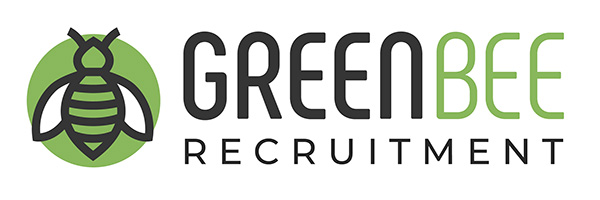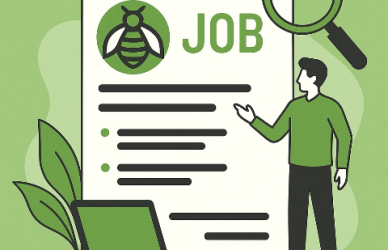Bringing someone new into your business is always a risk. No matter how strong the CV or how confident the interview, there’s always a chance things won’t work out. And when they don’t, the cost isn’t just financial. The wrong hire can disrupt your team, drain your time, and undo months of progress.
So how do you improve your chances of getting it right?
It starts with clarity. One of the biggest mistakes businesses make is being too vague about what they actually need. If a job description is woolly or full of catch-all phrases, it attracts the wrong people from the outset. Be specific. Think about what the person will actually be doing day to day, what kind of personality would thrive in your environment, and what success looks like in the role six months from now.
Once you start reviewing applications, don’t rely too heavily on CVs alone. A polished document is no guarantee of performance, and sometimes the best people don’t look perfect on paper. Interviews are a chance to dig deeper, not just into someone’s experience, but into how they think and behave. Ask questions that explore real situations they’ve faced, how they made decisions, and what they learned. You’ll get a much clearer picture than if you only stick to surface-level questions.
Where possible, include a small practical task. It doesn’t have to be elaborate or time-consuming, but it should reflect something they’d actually do in the role. This might be drafting a short email, organising a diary, or responding to a mock customer query. Tasks like this can reveal things a CV or interview never could, like attention to detail or how someone communicates under pressure.
It’s also important to consider how well someone will fit into your existing team. That doesn’t mean hiring people who all think the same, but it does mean checking whether their working style and attitude align with your values. Will they adapt to your way of doing things? Are they likely to take initiative or wait to be told? Culture fit isn’t a fluffy concept, it’s often what makes the difference between a team that gels and one that doesn’t.
And please don’t skip reference checks. It’s tempting, especially if someone seems perfect and time is short, but references can reveal things you won’t find elsewhere. Ask about reliability, how they worked with others, and how they responded to feedback. Even a short call can tell you a lot.
Finally, use the probation period for what it’s meant to be—a time to assess the fit from both sides. Set clear expectations early on and check in regularly. If there are concerns, raise them. A probation period is not the time to hope someone will grow into the role. It’s the time to make sure you made the right call.
Hiring well takes time but doing it right is far less expensive than doing it twice. If you’re struggling to define a role, streamline your process, or need help with onboarding once someone is in place, it’s worth getting support. A bit of upfront effort can save a lot of stress later on.




